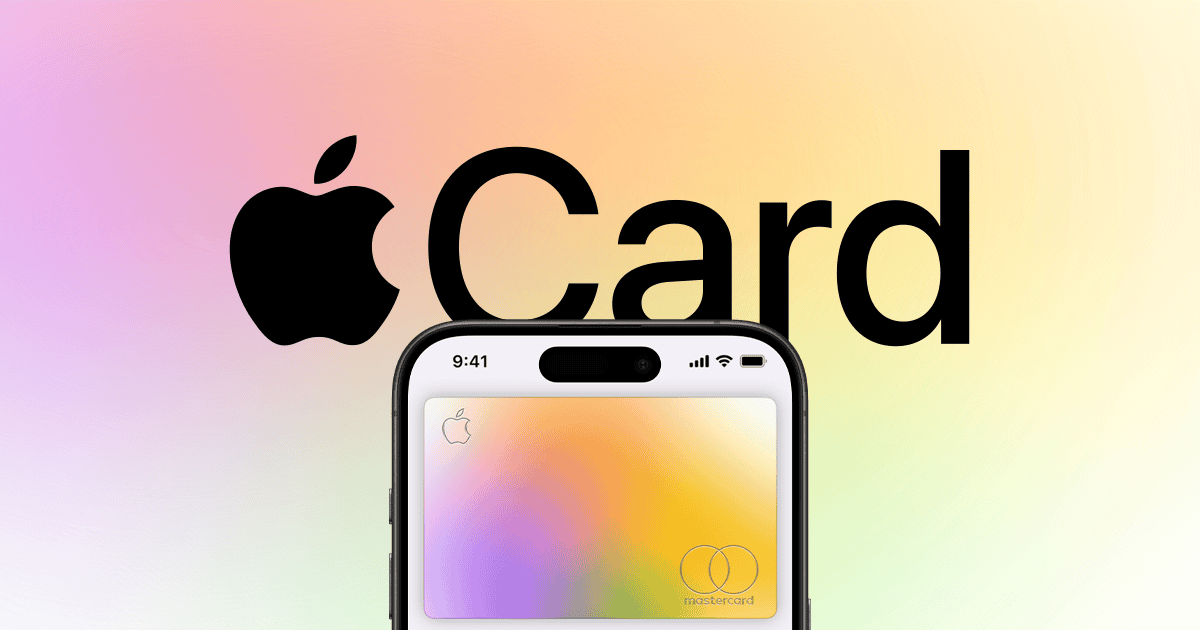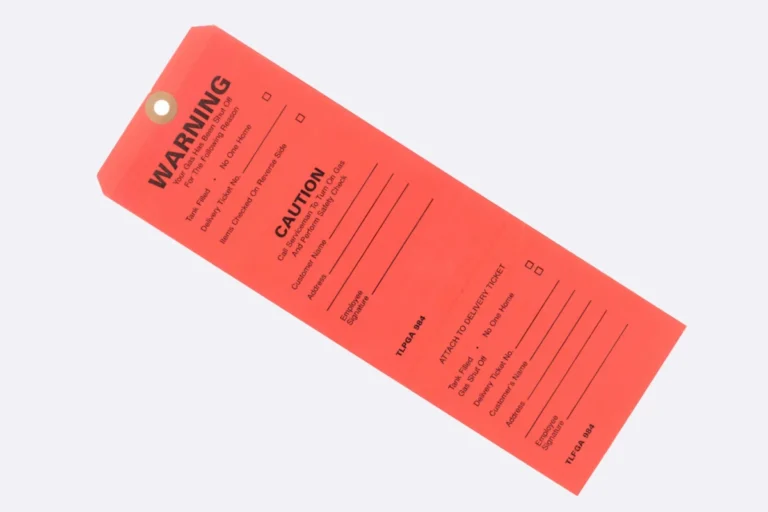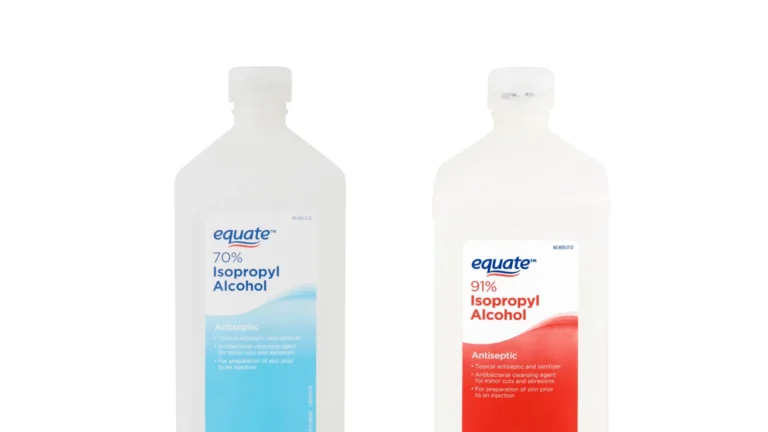
The Apple Card has gained attention since its launch. It offers cash back rewards and no annual fee. The Apple Card provides 3% cash back on Apple purchases, 2% on Apple Pay transactions, and 1% on everything else.
This credit card integrates with the iPhone Wallet app for easy management. Users can track spending and make payments right from their device. The card also comes with a physical titanium version for use where Apple Pay isn’t accepted.
While the Apple Card has perks for Apple fans, it may not be the best choice for everyone. The rewards are most valuable for those who frequently use Apple Pay and buy Apple products. The card’s high APR could be a drawback for those who carry a balance.
Apple Card in 2025: A Comprehensive Review
The Apple Card has been making waves in the credit card world since its launch. But is it still a top contender in 2025? Let’s dive into its features, benefits, and drawbacks to see if it’s the right card for you.
Rewards and Cash Back
The Apple Card offers a simple and straightforward cash back program. You earn Daily Cash on every purchase, which is automatically deposited to your Apple Cash account. The cash back rates are:
- 3% Daily Cash on purchases made at Apple, including the App Store, Apple Music, and Apple services.
- 3% Daily Cash on purchases made using Apple Pay with select merchants, such as Uber and Walgreens.
- 2% Daily Cash on all other purchases made using Apple Pay.
- 1% Daily Cash on purchases made with the physical titanium card.
While these rates are competitive, other cards offer higher cash back percentages in specific categories. However, the Apple Card’s simplicity and instant cash back make it appealing for those who want a hassle-free rewards program.
Fees and Interest Rates
The Apple Card has no annual fee, late payment fee, foreign transaction fee, or over-the-limit fee. This makes it a cost-effective option compared to cards with hefty fees.
However, the interest rates on the Apple Card are variable and can be high if you carry a balance. It’s important to pay your balance in full and on time to avoid interest charges.
User Experience and Features
The Apple Card offers a seamless and integrated experience within the Apple Wallet app. You can easily track your spending, manage your payments, and view your transaction history. The app also provides helpful tools for budgeting and financial planning.
Other notable features include:
- Virtual Card Numbers: Generate virtual card numbers for online purchases to enhance security.
- Apple Card Family: Share your Apple Card with family members and track their spending.
- Titanium Card: A sleek and stylish physical card made of titanium.
- Customer Support: Access to 24/7 customer support through the Apple Wallet app.
Drawbacks
While the Apple Card has many positives, there are some drawbacks to consider:
- Limited Acceptance: The physical card is not as widely accepted as Visa or Mastercard.
- No Sign-Up Bonus: Unlike many other cards, the Apple Card does not offer a sign-up bonus.
- Goldman Sachs Partnership: The Apple Card is issued by Goldman Sachs, which has faced some criticism for its customer service and credit limit practices.
Is It the Best in 2025?
The Apple Card remains a strong contender in the credit card market, especially for those embedded in the Apple ecosystem. Its user-friendly interface, simple rewards program, and lack of fees make it a compelling choice.
However, it may not be the absolute best for everyone. Those seeking higher cash back rates in specific categories or a wider range of travel benefits might find other cards more suitable.
Overall, the Apple Card is a solid choice for Apple users seeking a convenient and rewarding credit card experience.
| Feature | Rating |
|---|---|
| Rewards Program | 4 |
| Fees | 5 |
| User Experience | 5 |
| Customer Support | 4 |
| Security | 4 |
| Acceptance | 3 |
| Overall | 4.5 |
Key Takeaways
- The Apple Card offers cash back rewards with no annual fee
- It integrates with the iPhone Wallet app for easy management
- The card’s benefits are most valuable for frequent Apple Pay users
Apple Card Overview
The Apple Card offers unique features for Apple users. It provides cash back rewards, integration with Apple Pay, and no annual fee. Let’s explore its key aspects.
Features and Benefits
The Apple Card gives 3% cash back on Apple purchases and select merchants. It offers 2% back when using Apple Pay and 1% on other transactions. Daily Cash rewards go straight to your Apple Cash account.
The card has no annual, foreign transaction, or late fees. It provides clear spending summaries in the Wallet app. Users can see purchase locations, amounts, and categories at a glance.
Apple Card offers interest-free financing on some Apple products. This allows customers to spread payments over time without extra costs.
Applying for the Apple Card
Applying for an Apple Card is quick and easy. Users can do it right from their iPhone in the Wallet app. The process takes just minutes.
To apply, you must:
- Be 18 or older
- Be a U.S. citizen or legal resident
- Have an iPhone with the latest iOS
- Use two-factor authentication on your Apple ID
If approved, you can start using your card right away with Apple Pay. A physical titanium card arrives later for non-Apple Pay purchases.
Credit Score and Approval
Apple Card is issued by Goldman Sachs. They look at various factors when deciding to approve applications. Your credit score is important, but it’s not the only thing they consider.
Generally, you need a fair to good credit score to qualify. This means a FICO score of at least 600. Higher scores may get better interest rates.
Apple offers a “Path to Apple Card” program. It helps those who are declined improve their chances of approval. The program gives specific steps to take over a few months.
Rewards and Cash Back
The Apple Card offers cash back rewards on purchases. Users can earn different percentages based on how and where they spend.
Daily Cash
Apple Card users get Daily Cash rewards. This means cash back appears in their account each day. There’s no waiting for a statement cycle to end. The base rate is 1% on all purchases made with the physical card. When using Apple Pay, this jumps to 2%. Apple Pay works at many stores and in apps.
Rewards add up fast with daily deposits. Users can watch their cash grow in real time. This quick reward system may encourage more card use. It’s a key selling point for the Apple Card.
Reward Redemption Options
Apple makes it easy to use Daily Cash rewards. The cash goes into an Apple Cash account. From there, users have choices. They can spend it like cash through Apple Pay. Or they can transfer it to a bank account. Some opt to put it toward their Apple Card balance.
There’s no minimum to redeem rewards. Even small amounts are usable right away. This flexibility sets Apple Card apart from some other rewards cards. Users don’t have to wait to rack up points or meet thresholds.
3% Daily Cash Partners
Apple Card offers 3% cash back at select partners. This higher rate applies when using Apple Pay. The list includes:
- Apple (stores, app store, services)
- Uber and Uber Eats
- Walgreens and Duane Reade
- Nike
- T-Mobile
- Panera Bread
- Exxon
These partners cover a range of spending categories. From tech to food to gas, users can earn more at places they often shop. The partner list may grow over time, adding more 3% earning options.
Financial Considerations
The Apple Card offers several key financial features. These include competitive interest rates, no annual fee, and flexible payment options for Apple purchases.
Interest Rates and Fees
The Apple Card has a variable APR ranging from 13.99% to 24.99%. This rate depends on your credit score. The card charges no annual fee or foreign transaction fees. There are also no late fees if you miss a payment.
The lack of fees is a big plus for many users. It means you won’t face extra costs for using the card. But it’s still important to pay on time to avoid interest charges.
Apple Card also offers a unique feature called Daily Cash. This gives you cash back on purchases right away, instead of waiting for a monthly statement.
Apple Card Monthly Installments
This program lets you buy Apple products with no interest. You can spread the cost over several months. The length of the payment plan depends on what you buy.
For example, you might pay for an iPhone over 24 months. Or you could finance a Mac over 12 months. This can make big purchases more affordable.
There’s no extra fee for using this plan. But you need to make all payments on time to avoid interest charges.
Managing Payments
Apple Card makes it easy to track and pay your balance. The app shows a clear breakdown of your spending. It also suggests payment amounts to help you avoid interest.
You can set up automatic payments or pay manually each month. The app lets you choose any payment amount above the minimum due.
If you carry a balance, the app shows how much interest you’ll pay. This can help you decide how much to pay each month. You can also see how different payment amounts affect your total interest.
Usage and Functionality
The Apple Card offers seamless integration with Apple devices and services. It provides strong security features and responsive customer support.
Integration with Apple Ecosystem
The Apple Card works best with other Apple products and services. Users can easily set up and manage their card through the Wallet app on iPhones. The card links to Apple Pay for quick purchases in stores, apps, and websites.
Apple Card users get 3% cash back on Apple purchases. This includes items from the Apple Store, App Store, and services like Apple Music and Apple TV+. The card also gives 2% cash back on all other Apple Pay transactions.
The Wallet app shows detailed spending info. It breaks down purchases into color-coded categories. This helps users track their spending habits.
Security and Privacy
Apple Card uses advanced security features. The physical card has no number printed on it. For online purchases, the Wallet app creates unique card numbers.
Apple doesn’t share user data with other companies for marketing. The company can’t see what users buy or where they shop.
Face ID or Touch ID is needed to view card details in the Wallet app. This adds an extra layer of protection.
Customer Support and Service
Apple offers 24/7 support for Apple Card users via text message. Users can get help with account issues, disputes, and general questions.
The support team can often solve problems quickly through the Messages app. For more complex issues, users can request a phone call.
Apple Card has no fees. This includes no annual fee, no foreign transaction fee, and no late payment fee. The lack of fees is a key selling point for many users.
Frequently Asked Questions
The Apple Card offers unique benefits and features compared to other credit cards. Some key aspects include cash back rewards, privacy features, and integration with Apple devices.
What are the benefits of having an Apple Card?
The Apple Card gives 3% cash back on Apple purchases and select merchants. It also offers 2% cash back on other Apple Pay transactions. Users get daily cash rewards instead of waiting for monthly statements. The card has no annual fees or foreign transaction fees.
How does the Apple Card compare to other credit cards on the market?
The Apple Card stands out with its Apple ecosystem integration. It works seamlessly with iPhones and other Apple devices. The card offers competitive cash back rates, especially for Apple fans. Some other cards may have higher rewards in certain categories.
What are the potential drawbacks of using an Apple Card?
The physical titanium card only earns 1% cash back. This is lower than some other cards for non-Apple Pay purchases. The card also lacks some perks like travel insurance or purchase protection that other premium cards offer.
What credit requirements are there for obtaining an Apple Card?
Apple doesn’t state a minimum credit score requirement. Reports suggest applicants with fair to good credit scores may be approved. Factors like income and debt are also considered in the application process.
How is the Apple Card suited for student users?
The Apple Card can be a good option for students who use Apple products. It has no annual fee and offers cash back on common student purchases. The card’s spending tools can help students track their finances and build credit responsibly.
What is the typical credit limit range for the Apple Card?
Credit limits for the Apple Card vary based on individual factors. Reports suggest limits can range from $250 to over $20,000. New cardholders may start with lower limits that can increase over time with good payment history.






